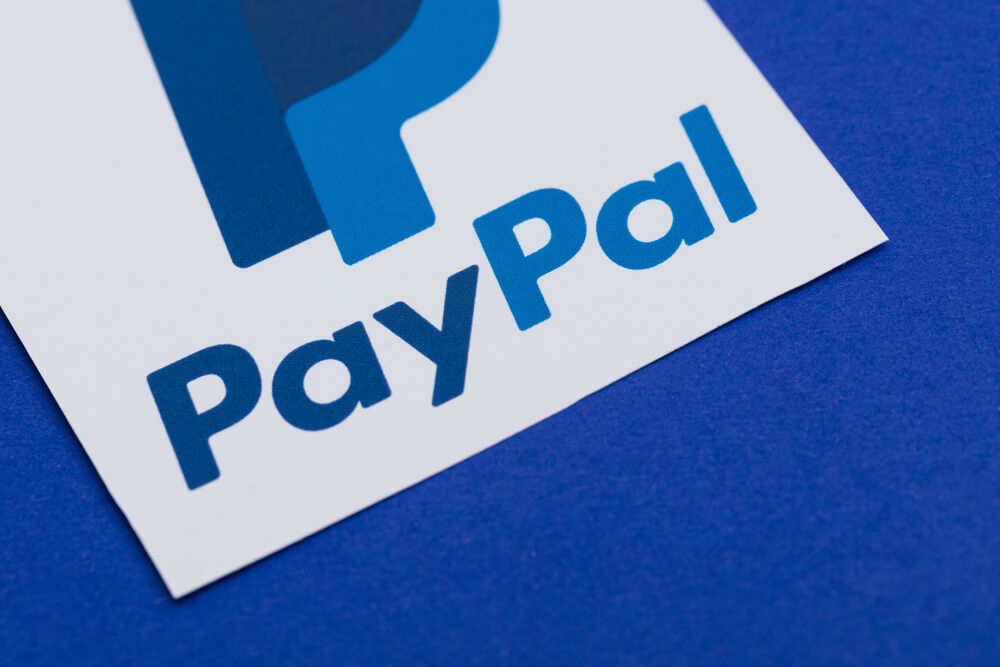In cost accounting, the distinction between product and period costs is a cornerstone for understanding financial performance. This juxtaposition forms the bedrock of strategic decision-making within businesses of all sizes.
While product costs are directly tied to creating goods or services, period costs encompass broader operational expenses incurred over a specific timeframe. As organizations navigate the complexities of financial management, unravelling the nuances between these two categories becomes imperative.
Therefore, understanding the difference between product and period costs is crucial for businesses because it affects financial reporting and decision-making.
Let’s break down each type of cost and why they’re important for the business world in 2024:
What is Product Cost?
Product cost is a fundamental concept in financial management, capturing manufacturing expenses or acquiring goods for sale. It encompasses various direct costs incurred during production, such as raw materials, labour, and manufacturing overhead.
- Direct Materials: These are the raw materials used to make the final product. For example, wood for furniture, metal for cars, or fabric for clothes.
- Direct Labour: This is the wages and benefits paid to workers who directly work on making the product. Think of assembly line workers in a factory or artisans crafting items by hand.
- Manufacturing Overhead: These are indirect costs related to production that can’t be directly traced to specific products. It includes rent for the production facility, utilities, and equipment depreciation.
Product costs are crucial for determining the cost of goods sold and the gross profit margin. By keeping track of these costs, businesses can understand how profitable their products are and set prices accordingly. Also, product costs help in valuing inventory accurately.
What is Period Cost?
Period cost refers to expenses incurred during a specific accounting period that are not directly tied to producing goods or services. Unlike product costs directly linked to manufacturing or acquiring goods for sale, period costs encompass broader operational expenses incurred over a specific timeframe.
There are two main types of Period Costs:
- Selling Expenses: These are costs related to promoting and distributing products. This includes salaries for salespeople, advertising, shipping, and maintaining stores.
- Administrative Expenses: These are costs for managing the overall business. It includes office rent, utilities, salaries for administrative staff, legal fees, and accounting expenses.
Period costs are deducted from revenues to calculate net income. Unlike product costs, which are recognized when products are sold, period costs are recognized in the period they’re incurred.
Other period costs include marketing expenses, rent (not directly tied to a production facility), office depreciation, and indirect labour.
Marketing Expenses

Marketing expenses are costs businesses incur to promote their products or services and attract customers. These expenses are essential for building brand awareness, generating leads, and driving sales. Marketing expenses can encompass various activities and channels, including advertising, public relations, promotions, events, digital marketing, and social media marketing.
- Advertising Expenses – involve creating and placing advertisements in various media channels such as television, radio, print publications, online platforms, and billboards.
- Public relations Expenses – cover activities to manage the company’s public image, such as press releases, media relations, and crisis management.
- Promotional Expenses – include discounts, coupons, and sales promotions to encourage customers to purchase.
- Events and Sponsorships – represent another category of marketing expenses involving hosting or participating in trade shows, conferences, or community events to engage with potential customers and industry stakeholders.
- Digital Marketing Expenses – encompass activities like search engine optimization (SEO), pay-per-click (PPC) advertising, email marketing, and content marketing to reach and engage target audiences online.
- Social Media Marketing Expenses – involve creating and promoting content on social media platforms like Facebook, Instagram, Twitter, and LinkedIn to connect with customers, build relationships, and drive traffic to the company’s website or online store.
Distinguishing Between Product Costs and Period Costs:
In the realm of financial management, discerning between product costs and period costs holds significant importance for various reasons:
1. Profitability Analysis:
The ability to differentiate between these costs aids businesses in determining the cost of goods sold and the gross profit margin. This understanding is pivotal in setting product prices and strategizing production decisions.
2. Inventory Valuation:
Product costs represent assets until the products are sold, impacting how inventory is valued on the balance sheet.
3. Cost Control:
A clear comprehension of product costs versus period costs empowers businesses to manage expenses better and identify opportunities for cost-saving measures.
4. Financial Reporting Compliance:
Accurately classifying costs ensures adherence to accounting standards and regulations, fostering trust among investors and creditors.
5. Budgeting and Planning:
Understanding the nature of costs facilitates the creation of realistic budgets and enables informed decisions regarding resource allocation.
In essence, distinguishing between product and period costs is essential in accounting practices. Product costs are linked to the production of goods and are recognized upon sale, whereas period costs encompass expenses incurred over specific periods.
Conclusion:
Marketing expenses represent essential investments for businesses seeking to expand their market presence, drive sales, and build brand equity. By prioritizing strategic marketing initiatives and embracing innovative approaches, businesses can effectively allocate resources, maximize ROI (Return on investment), and achieve sustainable growth in today’s competitive landscape.










COMMENTS